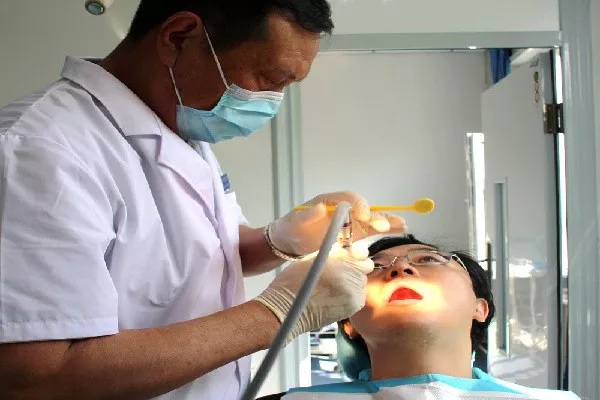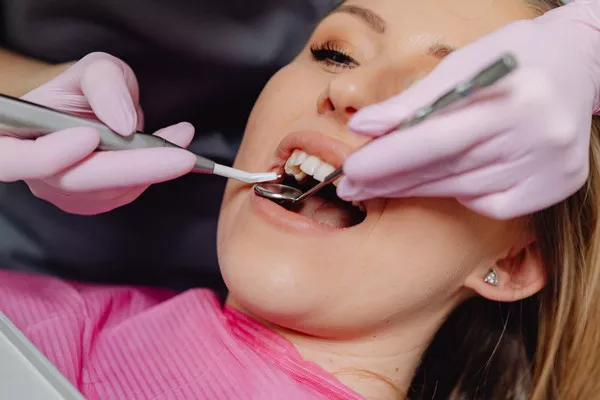The prospect of undergoing wisdom teeth removal can be accompanied by a multitude of questions and concerns, particularly regarding postoperative care and dietary restrictions. Among the most common inquiries is when it’s safe to resume eating after the surgical procedure. While patience and caution are paramount during the initial stages of recovery, understanding the timeline for reintroducing food can help alleviate uncertainties and promote a smoother healing process. In this comprehensive guide, we delve into the factors influencing postoperative nourishment after wisdom teeth removal, providing insights into when you can safely eat and practical tips for navigating the postoperative dietary transition.
Understanding the Healing Process
Initial Recovery Period: Immediately following wisdom teeth removal, patients typically experience some degree of discomfort, swelling, and bleeding at the surgical sites. During this initial recovery period, it’s crucial to prioritize rest, hydration, and adherence to postoperative instructions provided by your oral surgeon or dental professional.
Tissue Healing: The healing process involves the formation of blood clots, tissue regeneration, and gradual closure of the surgical wounds. In the days following the procedure, the surgical sites undergo various stages of healing, transitioning from initial inflammation and swelling to gradual resolution and tissue repair.
Timeline for Resuming Eating After Wisdom Teeth Removal
First 24 Hours: Immediately after wisdom teeth removal, it’s essential to allow the blood clots to form and stabilize at the surgical sites. During the first 24 hours, stick to a liquid or soft diet to minimize disruption to the surgical sites and reduce the risk of postoperative bleeding or complications. Avoid hot, spicy, or acidic foods that may irritate the surgical wounds.
Day 2-3: As the initial swelling and discomfort begin to subside, you may gradually progress to a diet consisting of soft, easy-to-chew foods that require minimal chewing and won’t exert excessive pressure on the surgical sites. Examples include mashed potatoes, yogurt, pudding, scrambled eggs, and smoothies. Avoid crunchy or hard foods that may dislodge blood clots or cause discomfort.
Day 4-7: By the fourth day post-surgery, most patients can comfortably transition to a more varied diet, incorporating soft foods that are easy to chew and swallow. While continuing to avoid hard, crunchy, or sticky foods, you can gradually reintroduce solid foods as tolerated, focusing on gentle chewing and mindful eating habits.
Signs of Healing and Readiness to Resume Eating Normally
Decreased Swelling and Discomfort: As the days pass, you should notice a gradual reduction in swelling, discomfort, and inflammation around the surgical sites. Reduced swelling and pain are indicators of healing progress and readiness to resume a more normal diet.
Ability to Chew Comfortably: Pay attention to your ability to chew food comfortably without experiencing significant pain or discomfort. While some residual soreness may persist, you should be able to tolerate a wider range of foods and textures as the healing process continues.
Practical Tips for Postoperative Dietary Transition
Stay Hydrated: Maintain adequate hydration by drinking plenty of water and clear fluids throughout the recovery period. Proper hydration supports the healing process and helps prevent complications such as dehydration and dry mouth.
Avoid Straws and Sucking Motion: Refrain from using straws or engaging in sucking motions during the initial recovery period, as these actions can dislodge blood clots and increase the risk of postoperative bleeding or complications.
Conclusion
In conclusion, the timeline for resuming eating after wisdom teeth removal is influenced by the individual’s healing progress, comfort level, and adherence to postoperative instructions. While it’s essential to exercise patience and caution during the initial stages of recovery, most patients can gradually reintroduce soft foods and progress to a more normal diet within the first week post-surgery. Pay attention to signs of healing, such as decreased swelling and discomfort, and adjust your diet accordingly. By following postoperative dietary guidelines and listening to your body’s signals, you can navigate the transition to normal eating habits with confidence and promote a smooth and successful recovery after wisdom teeth removal.
Why Cant You Smoke After Wisdom Teeth
How Many Days For Wisdom Tooth Extraction To Heal
Is Wisdom Teeth Removal A Simple Extraction



























